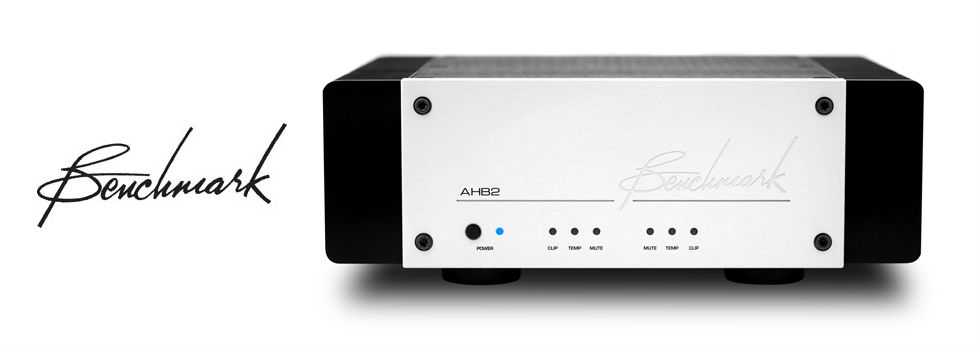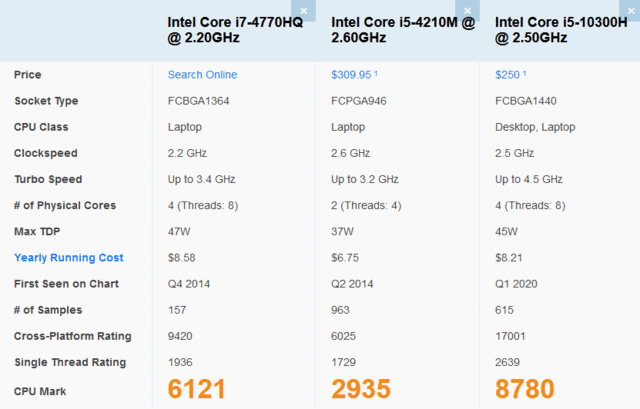
My review sample had a black case with a thick silver faceplate and black mounting bolts and feet - all part of Benchmark’s no-nonsense design style. The LA4 weighs only 8 pounds, but felt totally solid in my hands. I’m enjoying the current trend of ever-smaller audio components producing ever-better sound, and stacked up, the LA4 and DAC2 HGC look nice.

Like most Benchmark gear, it’s small: at 8.65”W x 3.88”H x 8.33”D, or about half the width of a standard pro-audio component, it’s slightly narrower and about twice as tall as my reference DAC, Benchmark’s own DAC2 HGC. The LA4 arrived double-boxed and in pristine condition. Like all Benchmark products, the LA4 is designed and assembled in the US, from which most of its major components are sourced. Each model can be ordered through Benchmark’s website with a black or silver finish add $100 for Benchmark’s standard-issue, all-metal remote control, and $200 for a full-width, rack-mount faceplate. At $500 more, the HPA4 adds the well-regarded THX-888 Achromatic Audio Amplifier (AAA) headphone circuit. Recently, a brown-shirted man driving a brown-painted truck bestowed on me a new preamplifier, one of two currently available from Benchmark and the subject of this review: the LA4 line stage ($2499 all prices USD).
Benchmark hifi professional#
Most Benchmark components can be purchased with rack-mount faceplates for professional use, or with standard faceplates. Benchmark’s current product line includes the DAC3 family of digital-to-analog converters, the AHB2 stereo power amplifier, the HPA4 headphone amp and LA4 line preamp, and a variety of interconnects, digital links, and speaker cables. Benchmark’s hardware is designed for professional applications and continuous operation 24/7, which makes it perfectly suited to less demanding home use. Two years later he incorporated the company as Benchmark Media Systems, relocated to his home town of Syracuse, New York, and expanded into other market segments, including professional and home audio.


In 1983, in a garage in Garland, Texas, Allen Burdick began building high-performance audio equipment for television under the name Benchmark Sound Company.


 0 kommentar(er)
0 kommentar(er)
